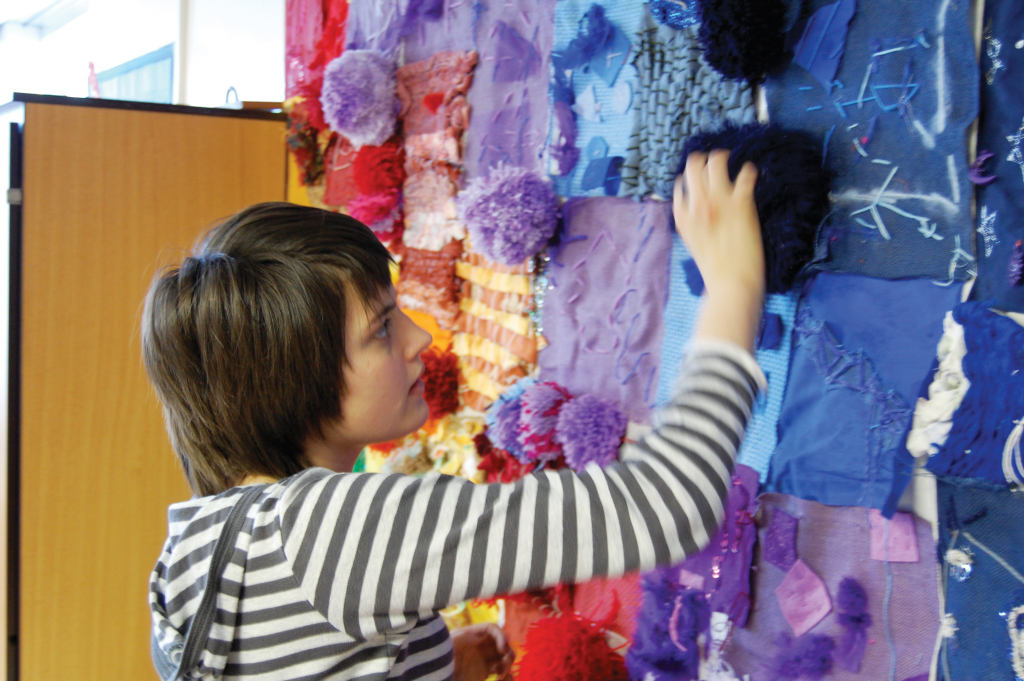
With the latest prevalence studies indicating that more than 1 in 100 children and young people are on the autism spectrum in the UK, it is very likely that you have one or more children with autism in your setting. Boys are five times more likely to be diagnosed with autism than girls, but it’s important to mention that girls are under-diagnosed and their numbers might be much higher than reported. Autism is hard to detect in some young people and there may be children in your setting who are not yet diagnosed. This article will give you some practical advice on recognising signs of possible autism, what to do if you suspect a child has autism and also ways to support children on the autism spectrum in your setting.
What is autism?
Autism is a lifelong condition which affects the way a person communicates and relates to other people and the world around them. What makes recognising and diagnosing autism particularly difficult is that there is no ‘typical’ autistic person. Autism is a spectrum condition, which means it affects people in different ways. Still, there are some common characteristics, or as the Autism Education Trust defines it, four areas of difference, that all children on the spectrum will experience. It’s important to highlight that the key word here is difference, not deficit. Children with autism are just as unique as any other child with their unique skills and challenges, only requiring a different educational approach. Getting to know them as individuals, mapping their strengths and challenges in these four key areas will not only help them to access the curriculum better but will have a positive impact on the whole setting, including the staff and yourself. We will explore these four key areas below.
Some of the main signs that a child may be on the autism spectrum include:
- not drawing their parents’ or others’ attention to objects or events, for example pointing at a toy or a book, or at something that is happening nearby (or a child may eventually do this, but later than expected)
- unusual use of language (stilted and formal) and literal interpretation
- issues in understanding other people’s feelings and emotions and recognising and expressing their own
- carrying out activities in a repetitive way, for example always playing the same game in the same way, or lining toys up in a particular order
- difficulties in interacting appropriately with other children (e.g. turn taking) – the child may avoid others to play alone or appear to dominate others
- resistance to change to familiar routines and in transitions from one activity to another
Social interaction
Some children on the autism spectrum may have no desire for social relationships. Others are desperate to develop friendships, but are not sure how. Everyday interactions, like chatting, are challenging because they don’t know the rules and find it hard to work out what others expect. They might appear insensitive or seek out time alone when overloaded by other children, or you might notice that they don’t seek comfort when they are hurt. They often have special interests that may appear as obsessions to other people. The ability to concentrate on these interests can lead to high levels of skill and knowledge. It can, however, make it hard for the child to switch attention and focus on an adult-led activity.
Processing information and adapting to change
Children on the autism spectrum may find change difficult. It may be hard for them to imagine something they have not experienced and so planning for the future can be challenging and frightening. They may want to always travel the same way to and from school, or sit in the same seat or eat exactly the same food for lunch. As life can be confusing, they often prefer to follow a predictable daily routine with clear and well-defined rules so that they know what is going to happen every day.
Sensory processing
The majority of children on the autism spectrum will have sensory perception difficulties. They might be over-sensitive to some stimuli, such as background noise and lighting, they may find some clothes uncomfortable and they may react adversely to being touched. This over-sensitivity makes it extremely difficult for them to filter out irrelevant sensory information and to concentrate on what you say. Other children on the autism spectrum might be under-sensitive to some stimuli and might have difficulties noticing certain colours and transparent objects. They might seek pressure by hugging objects or people, or they may not feel discomfort and pain.